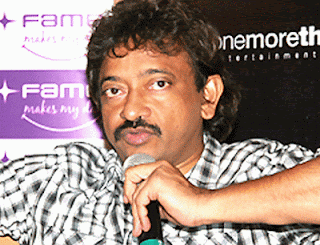We have waited long for this one. Nolan, once again, doesn't disappoint us. The Dark Knight Rises, in true sense. All the hype and doubts can rest in abyss as the movie delivers what you might expect. TDK was so gross because they had a gross supervillain. In TDKR, Bane is no Joker but still he is a Bane. He is dangerous because he exists in the time when Dark Knight is a lost entity.
The story starts where it finished last time. Joker is a past and Harvey Dent is a hero. Batman, despite of everything, is a fallen angel. Gordon has cleaned the city. Bruce Wayne has turned into a recluse of extreme variant. Alfred wants to take him out of the situation but Bruce cannot detach himself from Rachel. Wayne Enterprises is in shabby state and we have a new villain, Bane. Bane who? Well, a complex entity whose one point agenda is to turn Gotham into ashes. And yes, there are two more characters. Blake who believes Batman and Selina who believes herself.
Like Batman Begins, this movie is more about what and who Bruce Wayne is than Batman. Bruce is more vulnerable, more human and more astute. His character grows manifold as Batman diminishes. TDKR is Bruce Wayne Rises. Joker challenges Batman and his sanity. Bane challenges Bruce Wayne and everything he stands for. Unlike previous editions, this time Nolans focussed on subplots as well. They were well detailed and met the conclusion. If they say that this is the third act of the trilogy, Syd Field got a fine tribute.
As Bruce, Christian Bale just improves his act. Tom Hardy as Bane roars and make you feel weak. He had a difficult job as he had only his voice and body language. He does well. Michael Caine, Gary Oldman and Morgan Freeman were usual self. Gary, however, got a better role in this edition. Anne Hathaway and Joseph Gordon-Levitt were good but nothing memorable. Technically, from screenwriting to visual effect, background score to art direction, everything is very much at par with TDK. Nolan and crew nailed it hard. Third act done well. Nolan, we will be anxiously waiting for your next.
Written By: Sujoy Ghosh
The story starts where it finished last time. Joker is a past and Harvey Dent is a hero. Batman, despite of everything, is a fallen angel. Gordon has cleaned the city. Bruce Wayne has turned into a recluse of extreme variant. Alfred wants to take him out of the situation but Bruce cannot detach himself from Rachel. Wayne Enterprises is in shabby state and we have a new villain, Bane. Bane who? Well, a complex entity whose one point agenda is to turn Gotham into ashes. And yes, there are two more characters. Blake who believes Batman and Selina who believes herself.
Like Batman Begins, this movie is more about what and who Bruce Wayne is than Batman. Bruce is more vulnerable, more human and more astute. His character grows manifold as Batman diminishes. TDKR is Bruce Wayne Rises. Joker challenges Batman and his sanity. Bane challenges Bruce Wayne and everything he stands for. Unlike previous editions, this time Nolans focussed on subplots as well. They were well detailed and met the conclusion. If they say that this is the third act of the trilogy, Syd Field got a fine tribute.
As Bruce, Christian Bale just improves his act. Tom Hardy as Bane roars and make you feel weak. He had a difficult job as he had only his voice and body language. He does well. Michael Caine, Gary Oldman and Morgan Freeman were usual self. Gary, however, got a better role in this edition. Anne Hathaway and Joseph Gordon-Levitt were good but nothing memorable. Technically, from screenwriting to visual effect, background score to art direction, everything is very much at par with TDK. Nolan and crew nailed it hard. Third act done well. Nolan, we will be anxiously waiting for your next.
Written By: Sujoy Ghosh










